Lecture Programme
Our artist-led lectures, technical demonstrations and workshops are held globally, in partnership with universities, colleges and arts organisations. Delivered by artists, sessions facilitate institutions' requirements and take an in-depth look at materials, methods and techniques. Topics explored include sustainability, safe practice, archival longevity, together with a practical exploration of the relationship between theory and practice.
Students also benefit from hands-on workshops with materials and mediums to enable them to make informed decisions in their own work. We offer bespoke sessions on oils, acrylic colour, watercolour, gouache, drawing and illustration, grounds, surfaces and tools.
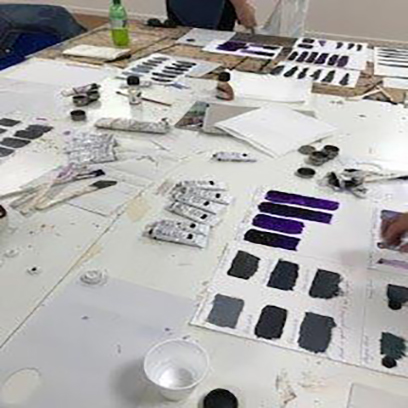
TECHNICAL VISITS
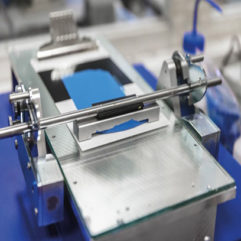
Our supporting brands give us unique access to their private archives, innovation & development lab and global manufacturing sites. This allows us to arrange exclusive guided visits for institutions and groups who are members of the collective. Here you can learn about the history of iconic tool makers and look at early materials and artifacts. You can meet Colart scientists and technicians to explore raw materials, gain insights into the development of new materials, investigate production processes and ask your burning questions.
RESIDENCIES
We host a TFAC residency programme in London throughout the year, as well as other residency opportunities globally. Students from our partner art schools are nominated by their institutions and invited to submit residency proposals. Successful applications are awarded to those who can best illustrate the potential impact that space and materials research will make on their work. Our studios are located next to Colart’s innovation & development laboratory and resident artists are invited to visit as part of their stay, to encourage an open dialogue between artist and scientist. Every residency is followed by an end of residency evaluation and open studio, helping each artist to develop a sense of professional practice and preparation for life beyond art school. If interested, discuss an application with your course leader.
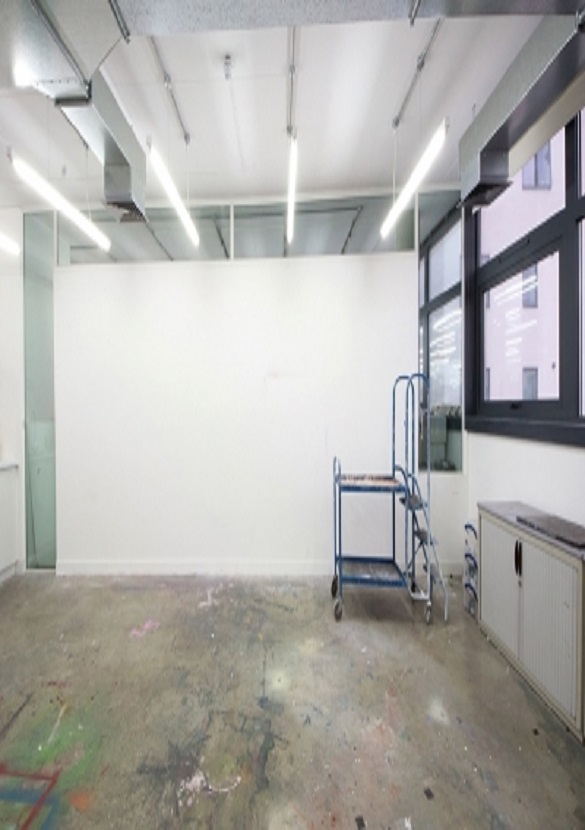
PROFESSIONAL DEVELOPMENT FORUM
In an age of entrepreneurism, we need to understand how to define ourselves and ultimately support ourselves as practicing artists. The Fine Art Collective Forum invites key figures in art criticism and curation to share their career and employability insights with students from our partner art schools. The sessions encourage young artists to explore their transferable skills and help to equip them with the skills needed to survive post-graduation.
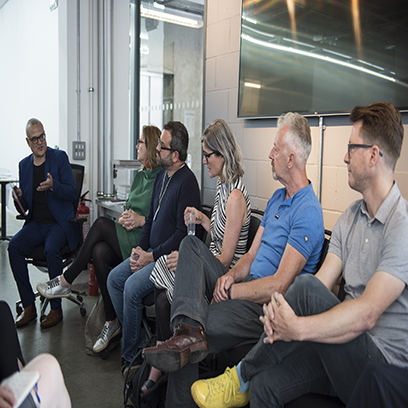
COMMUNICATION
Our digital newsletter is sent out each month to all collective members. It features a mix of thought-provoking long reads - covering topics from pigment history to artist retrospectives - news from the global art world, interviews, open-access competitions, materials innovations, educational resources and exclusive offers.
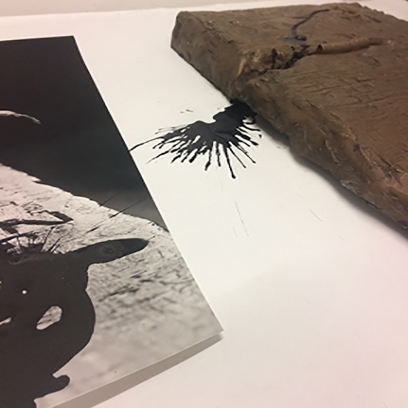
PROJECTS
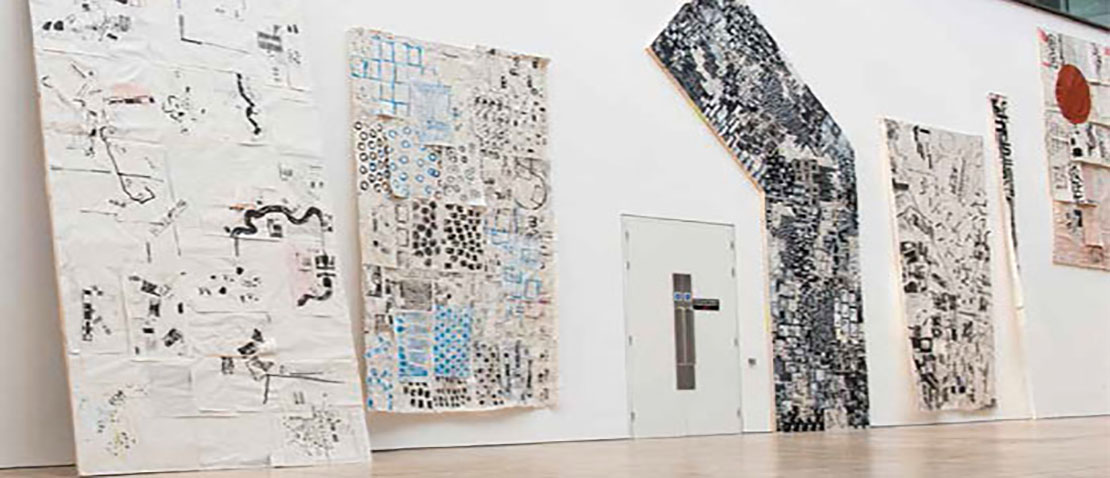
We work in partnership with art organisations and institutions around the world to support emerging practice through art projects, student exhibitions, symposiums, bursaries and hardship funds.
Our White Wall projects, in partnership with Liquitex, provide students with the opportunity to work on an unprecedented scale. The project connects to a long tradition of fresco and mural painting and explores historical and contemporary works by artists such as Sol Lewitt and Tess Jaray and David Tremlett.
Liquitex White Wall Project at the Slade School of Art
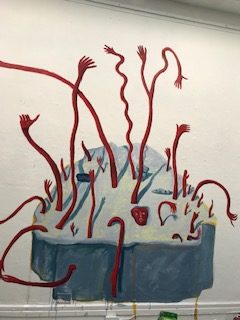
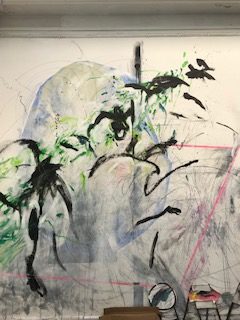
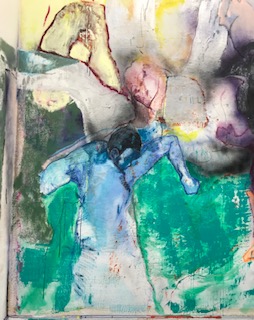
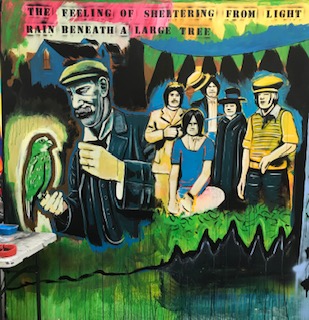
This June at the Slade school of art, we provided an opportunity for students to inhabit a space by repurposing Liquitex basics stock. It was a great chance to see the potential in our basics range and a perfect segway for students into the Liquitex brand.
The project performed beautifully in this context with extensive coverage and saturation of colour. The students did it justice and it really seeded the brand both in the quality of the materials employed, but also in recognising the incredible opportunity they were given.
The responses by the students reflected the importance of being able to have a platform to experiment with making site specific work. Students from last year’s White Walls openly acknowledged in this year’s graduate show how the chance to experiment with scale and materials gave them the confidence to make the work they were showing and how important it was to curate the space they were exhibiting.
“I just wanted to let you know how fantastic the whitewall project was for me. I hadn’t worked on such a big scale before and it just freed me up, it made me think about the materiality of paint more as opposed to getting too caught up in making an image and I therefore felt like I was enjoying the act of painting more. The idea of working on a wall and knowing that the work was going to be erased at the end, allowed for this sense of freedom and irreverence to come in which opened up a lot of possibilities in the work. The main ideas for me with this project was to leave the image till last, and also to use collage and paint together by either continuing the space depicted in the cut out image by using paint or vice versa. I loved bonding with everyone during the project. It was truly magical and I’m excited for whoever will be doing it next year. Thank you!”
HIGHLIGHT ON: MATEO GABAYET’S PROJECT
Mateo Gabayet is a BA Fine Art student. Influenced by the Mexican muralist movement, Mateo Gabayet created a mural using a diverse and vibrant palette of visual abstractions which covers different formats and themes. These geometric patterns consist of multiple layers of overlapping shapes and mediums, giving audiences endless perspectives in a sea of colour.
Inspired by electronic music and techno, Gabayet’s piece depicts a visual rhythm with its repetition and looping shapes
HIGHLIGHT ON: LEWIS BUTTERY’S PROJECT
Lewis’ idea evolved through the tests and studies beforehand where he stated “I am glad I didn’t play it safe and just stay with the original ideas.”
Lewis explains he had initially proposed to create the text using stencils and spray paint but following his experiments with mediums became interested in exploring form and text using a range of applications. This culminated in drawing the letterforms with pouring medium and paint, having examined different consistencies. This enabled him to develop a loose gestural approach to mark-making which generated letters that worked independently also as forms.
Lewis used texture gel to develop the mark-making in the second layer of the piece so that the whites were differentiated also by physical space as well as the application used to create these expanses of the surface.
All this led to creating a platform for these powerful statements which sit like raised gestures across the canvas like concrete poetry.
The Big Walls and Windows Project 2021: The Black Tarantulas by Alice Bajaj
Another amazing project with Liquitex, Cass Art and Fine Art CSM. The Big Walls and Windows Project offers students the opportunity to realise a site-specific artwork at the heart of the Central Saint Martins building. For the 2021 edition of the project, Alice Bajaj brings
together a world of giant spiders with surveillance cameras protuberances and heads made from hand sanitiser pumps. This uneasy vision combines art historical references with reflections on the contemporary world. The graduate BA Fine Art student has pushed her practice with a 13-metre public art project supported by Liquitex and Cass Art.
If you have not seen it yet The Big Walls and Windows project is on show until 20 September 2021 at Central Saint Martins.” Always brilliant.
Photography by @petercattrellphotography and video editing by Mahesh Menon.

